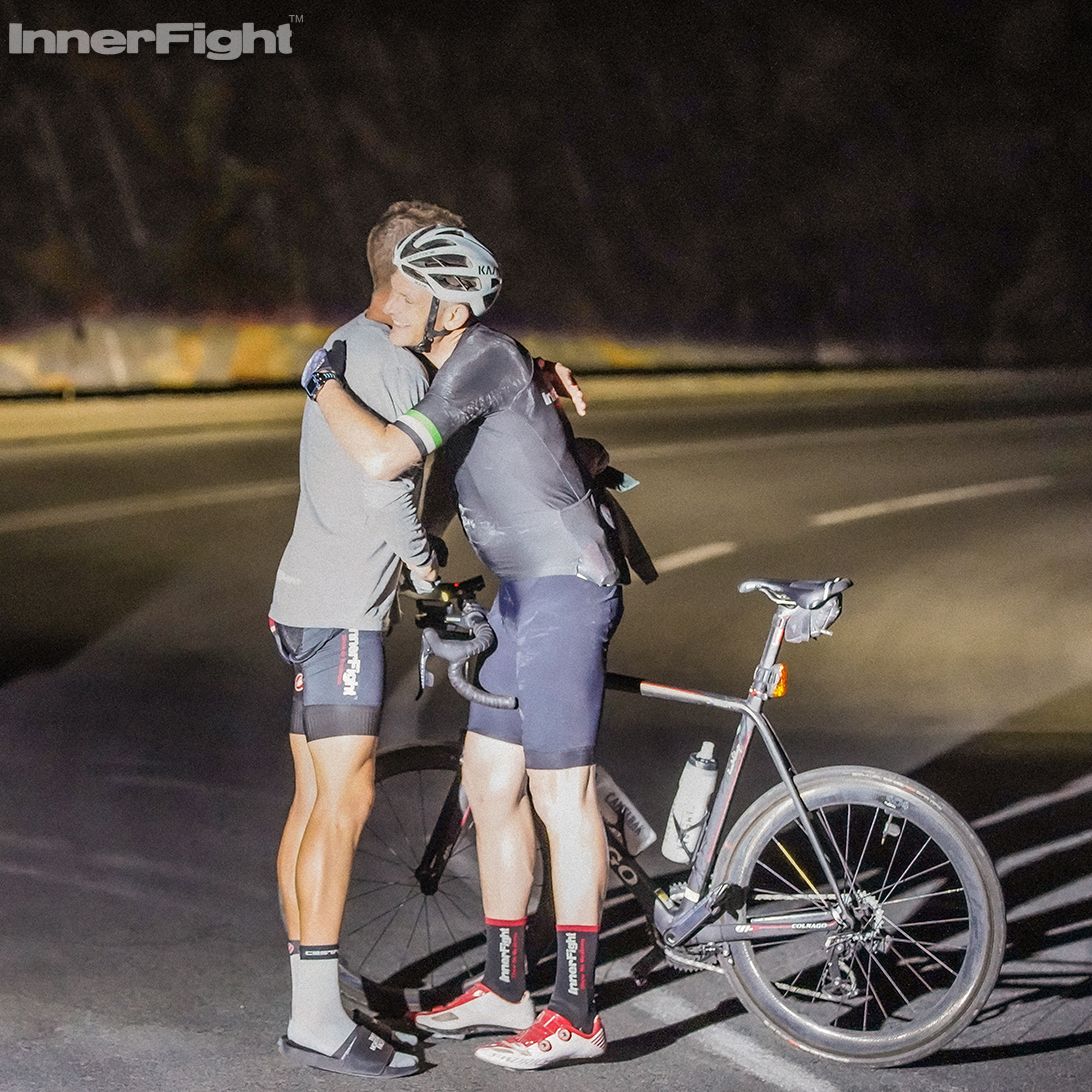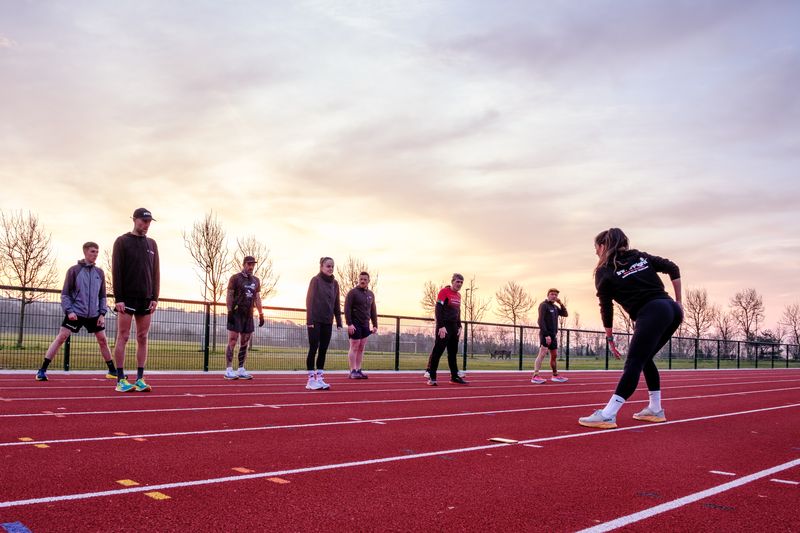From Spin Bike to Ironman (Case Study)
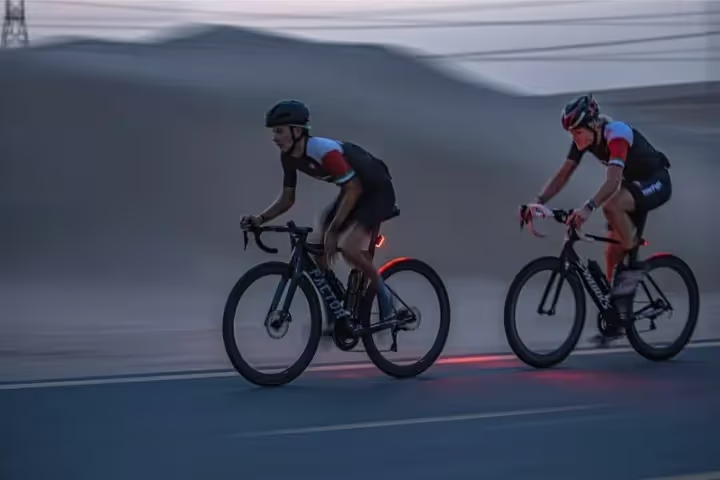
The idea for this article came to me while creating a podcast exploring the focal points of my client’s endurance careers and deciding when it was time to make changes to their goals and programming.
Many of my clients began working with me as beginners, and one particular client, let’s call her Natalie, immediately came to mind.
Listen to Training to Race podcast
Before we began, Natalie’s past athletic endeavours were confined to cardio classes. Fast forward three years, and Nat now has one Ironman under her belt and is currently training for her second.
Working with Natalie made me ask myself, “What are the nuances in the way I approach her current training program compared to when we first started?” The coaching process has largely remained the same, however, the focus has shifted.
3 tools every athlete needs during their endurance journey
#1 – Essentials
For athletes in any endurance discipline, it always comes down to education, expectations and goals. This ensures both an understanding and enjoyment of the process. The emphasis placed on education remains constant, because if you’re not learning then you are not progressing! The mental expectations won’t change, but the specificity and analysis do. Lastly, mapping out a route to success is a must for all athletes; blind trust will get you nowhere fast.
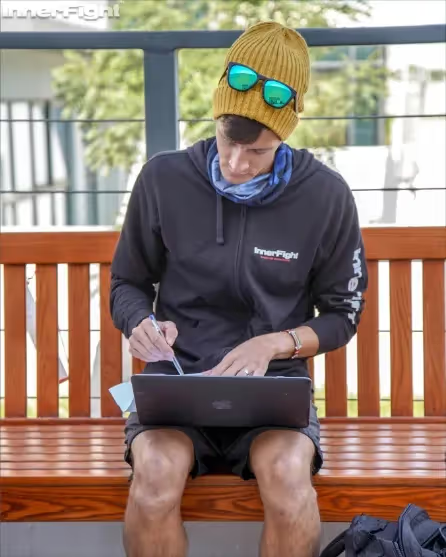
For Nat, our initial route saw her complete a sprint distance triathlon. I coached her on what training principles would get her there and what the focus points would be within each session.
#2 – Continual feedback
Once the principal routes to success are understood, feedback systems need to be set up to ensure that each training block’s goals are met. The importance of a feedback loop is twofold; it creates consistency while utilising the appropriate systems that cater specifically to each individual's ways of learning.
At the start, Natalie’s feedback included basic instructions and only a few focus points. We continued to follow the same process when she began training for her Ironman, however, with a larger skill set and increased level of knowledge, we could now expand upon the detail found within her feedback loop.
#3 – Promoting mental toughness
Endurance sports are hard at the best of times, and no one will ever pass go if they don’t have the right mindset. For Natalie, failure was never an option. Each event was purely a learning experience. Creating an environment and mindset where there is no failure is a method I use with all of my clients.
It’s simple mental maths really. Removing the ominous question “what if I fail?” also negates fear, thus allowing athletes to push themselves further. Through this process, I was able to expose Natalie to more hardship and test her limits, thereby creating a more mentally resilient athlete.
Final thoughts
These tools, like a lot of coaching standards, are ever present within training systems. The focus will always depend on each client’s level and duration in the sport, but it must be done from the start. It will take time, patience and mindful application that is driven by the athlete.
Fun - Honesty - Simplicity - Smash Life - Mental Toughness - HARD WORK


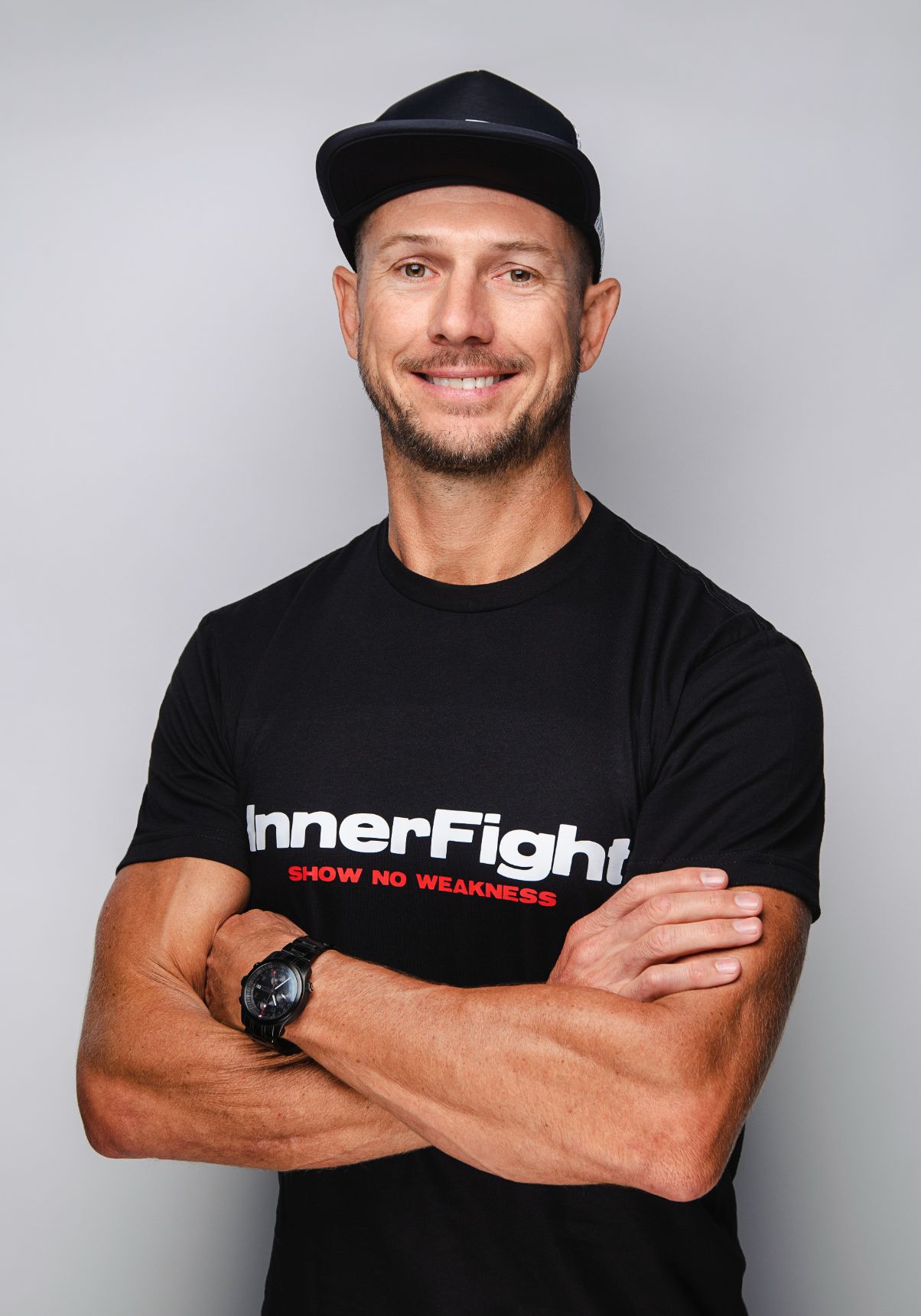

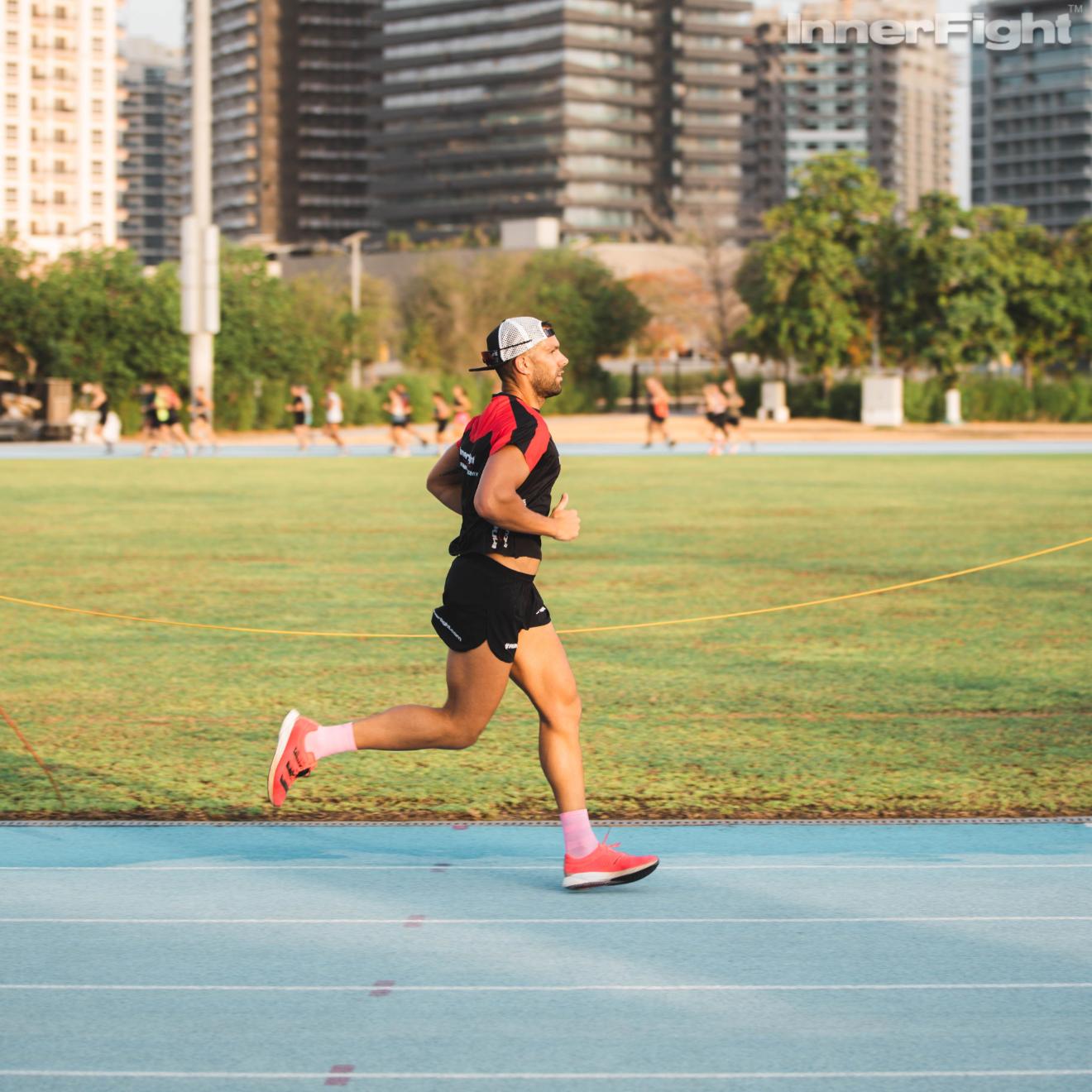

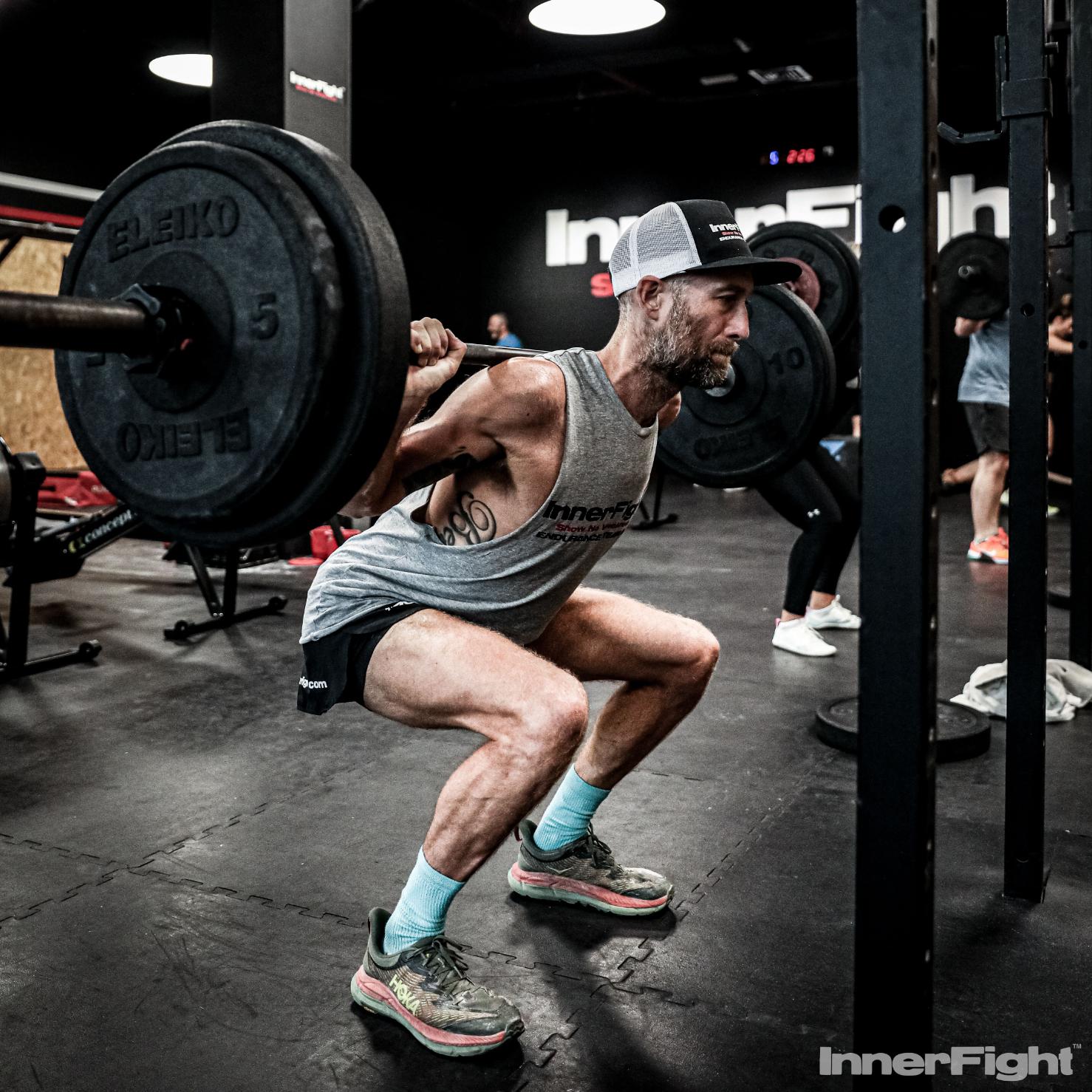


.avif)
